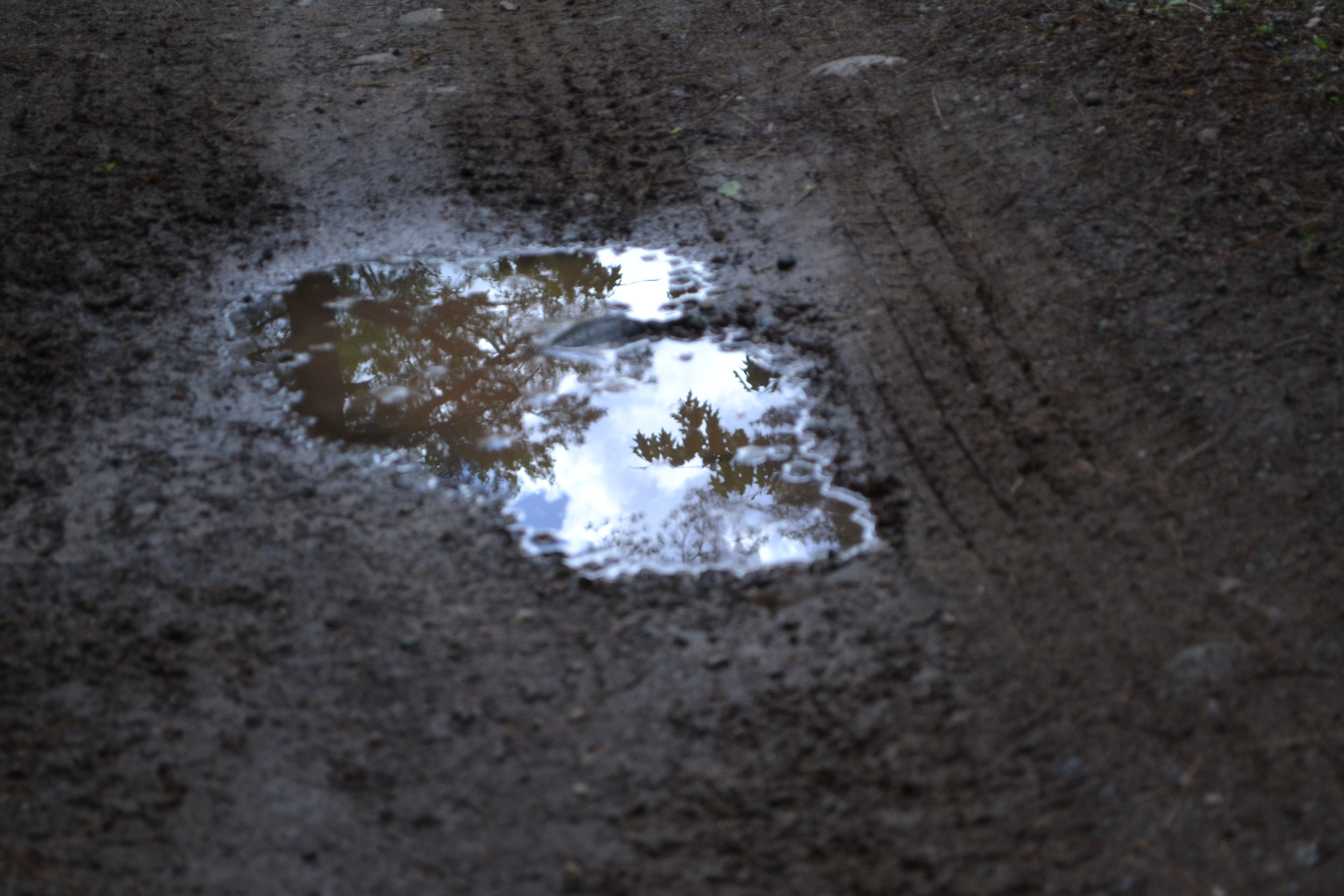blog first published on September 22, 2016
"Travel is fatal to prejudice, bigotry, and narrow-mindedness, and many of our people need it sorely on these accounts. Broad, wholesome, charitable views of men and things cannot be acquired by vegetating in one little corner of the earth all one's lifetime." Mark Twain in Innocents Abroad.
I think I caught the traveling bug from my Father. Growing up, we didn't have a lot of time (and probably resources) to travel. Wednesdays and Sundays were the two days each week that my Father didn't work at the warehouse. The days were long and hard that he worked. When Wednesday rolled around, however, we would find ourselves in the car going somewhere. If the place was a distance away, we would even leave on Tuesday night and drive through the night. With little or no sleep, we traveled by car to see things that were beyond. We went to museums and battlefields. We went to state parks and natural vistas. These trips filled our summers and our imaginations. Though it would have been easier to stay at home, my dad sought to show us as much of the world as he could.
And it made an impact. Although I can't remember every place we went, I fondly recall that we 'went'. We left our hovel in the shire and set out to see the wider world. In the process we were exposed to things, ideas, and people that were different from the sameness of the shire. Some of these experiences were memorable and some were quickly (and maybe for the best) forgotten. Regardless, I experienced first-hand (not through the TV and someone else's filter) the life that was beyond the life that I was living. Over the years, travel has taught me to fear less and wonder more.
The prejudice and hatred that seem to be present up during this election cycle worry me deeply. As a nation we have become content with sitting behind our TV or computers or hand-held devices. We consume sound bites and half-truths that support our pre-determined views and quickly discard, unlike, and retaliate on social media against anything that is different or outside the sameness of our thinking. Without ever experiencing the situation of others, without traveling into unfamiliar territory, we have the audacity of professing 'one-size-fits-all' judgments and half-truths. Worse yet, we slack into a fear and demonize those whose experience is beyond our limited existence. We are deceived into the kind of thinking that builds walls to keep immigrants out and allows words of hatred to be put on public signs with the delusion of free speech. We arm ourselves, sometimes literally, board up our windows, and brace ourselves to defend our turf at all costs.
As a Doctor of Ministry, I don't write prescriptions as a matter of course. The pharmacy doesn't recognize - even though it can read - my signature. Deeply aware of the need to heal our prejudice, bigotry, homophobia, short-sightedness, this Doctor would like to prescribe something for our spiritual health. Based on the gospel of Jesus Christ and its radical call to love our neighbor as ourselves, we need to turn off the TV, put down the mobile devices, shut off the radio and computers and get out there. Travel. Even if it is only to the other side of town, we need to experience difference. This is a risky prescription, with potential side effects, for it requires more than just stepping out of our comfort zones; it involves opening our mind perspective in the process. Travel. We need to see for ourselves the struggle, joys, culture, and humanity of others. Again, to do this the destination need not be (though it could be) exotic and far off.
It is the same prescription that Mark Twain offered generations ago. At a time when travel was more difficult, Twain noticed that it is hard to hold the anger and hatred of others when you actually meet them on their own turf. When we see in the different face of another, the spark that God placed in their soul, then we will find it fatal to our prejudices, bigotry, and narrow-mindedness.
Time for us each to take a little trip...













